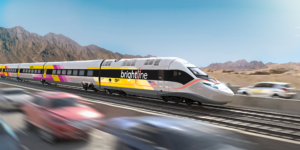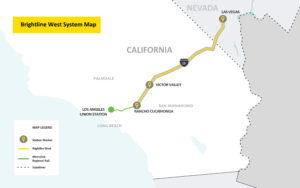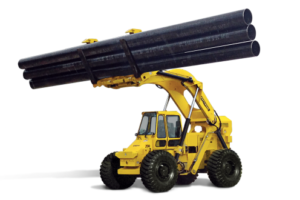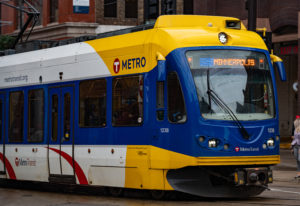World-class engineering under ground keeps trains quiet on UW campus above
Written by Bruce Gray, Sound Transit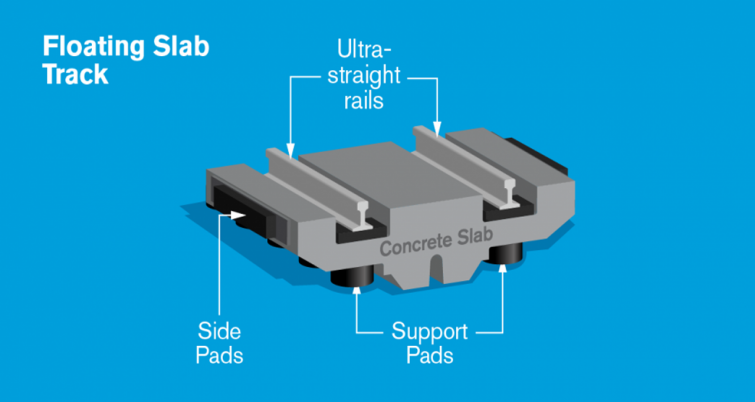
Sound Transit is bringing new technology to the University of Washington campus.
For decades the University of Washington has been home to world-class engineering and groundbreaking innovation.
The underground tracks through this area include about 7,500 feet (3,800 feet in each tunnel) of highly-specialized rail infrastructure resting on what’s called a “floating slab.”
The tunnels pass under campus research buildings that are extremely sensitive to physical and electromagnetic vibrations. We’re talking about electron microscopes and other extremely sensitive equipment.
This equipment, and the billions of dollars in research conducted at UW, are very sensitive to vibrations and electromagnetic interference that can come from operating electric trains 20 hours a day.
Sound Transit engineers had to make sure the trains did not disturb these buildings and the research conducted there.
Shankar Rajaram, the Sound Transit Rail Vehicle Engineering Manager, led the team tasked with making sure the trains rumbling at up to 35 miles-per-hour beneath campus do not disturb the work happening above.
With a Ph.D in Materials Science (specializing in noise control), Shankar knew the task would not be simple. But with the right people working toward a common goal, they delivered a unique world-class solution.
“We all knew from the get go that we were part of something very challenging but also very special and unique,” he said. “It was a dream team, at least in my career, because everyone was in lockstep supporting and encouraging each other.”
How to ‘float’ rails
The tracks sit on about 1,600 extra-dense concrete slabs reinforced with steel rebar that each weigh more than 11,000 pounds.
The concrete used to make the slabs includes a mixture of the mineral hematite, which has its own energy-absorbing qualities.
And each slab rests on custom-built rubber pads sourced for their durability and vibration-absorbing properties.
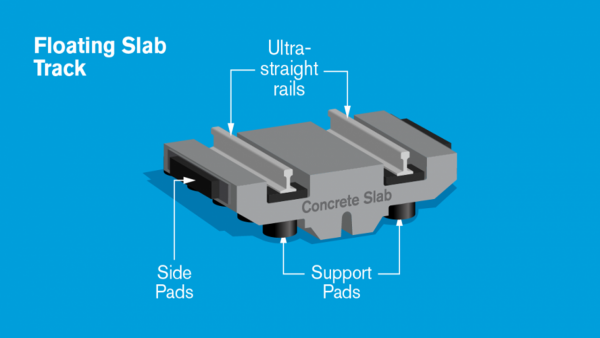
We also used what’s called “ultra-straight rail” that is common for high-speed trains in Europe to help smooth out the ride.
The floating slabs and rail have proven to absorb the vibrations and other potential interference at the source as trains pass over.
Every train that passes through the area is recorded by 40 monitors at 300 feet intervals. Extensive testing in the area shows we’re meeting all the criteria for quiet operations.
Check out the photo gallery below for details of how all the pieces came together from scratch.
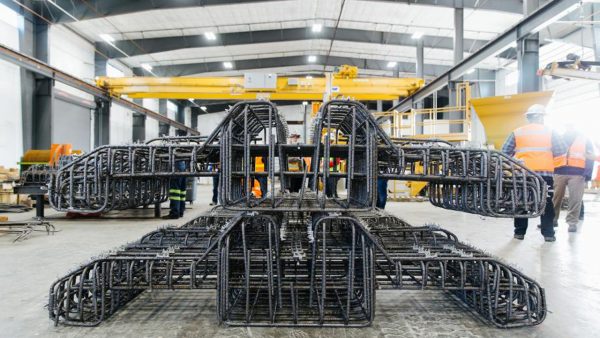
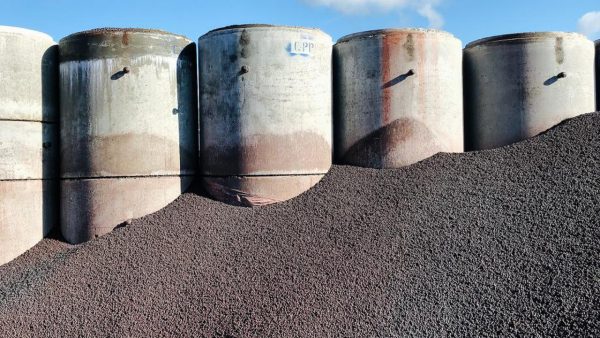
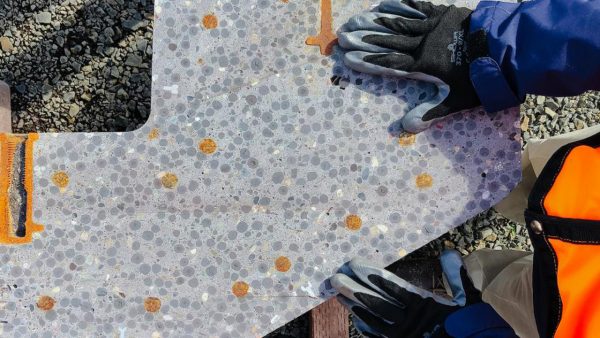
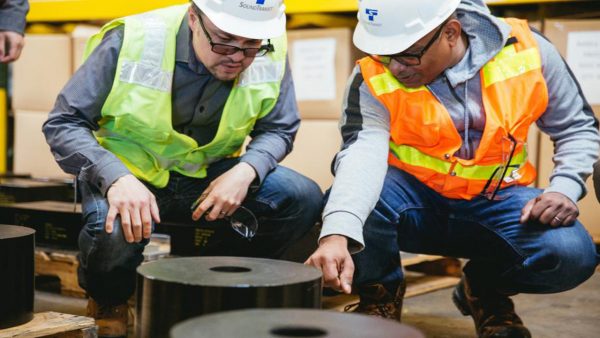
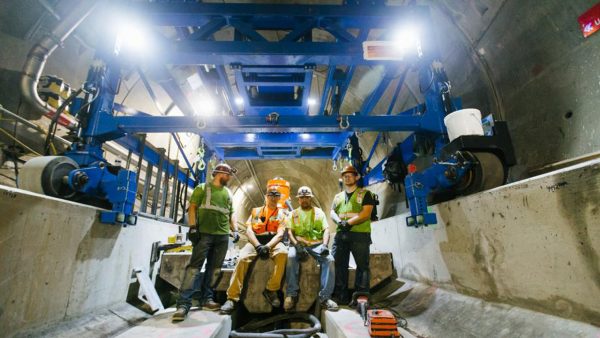
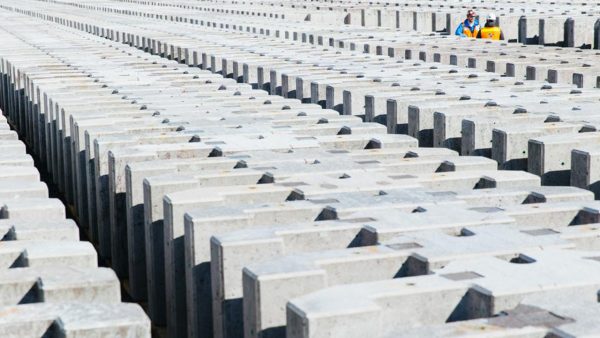
For more information, please click here.

